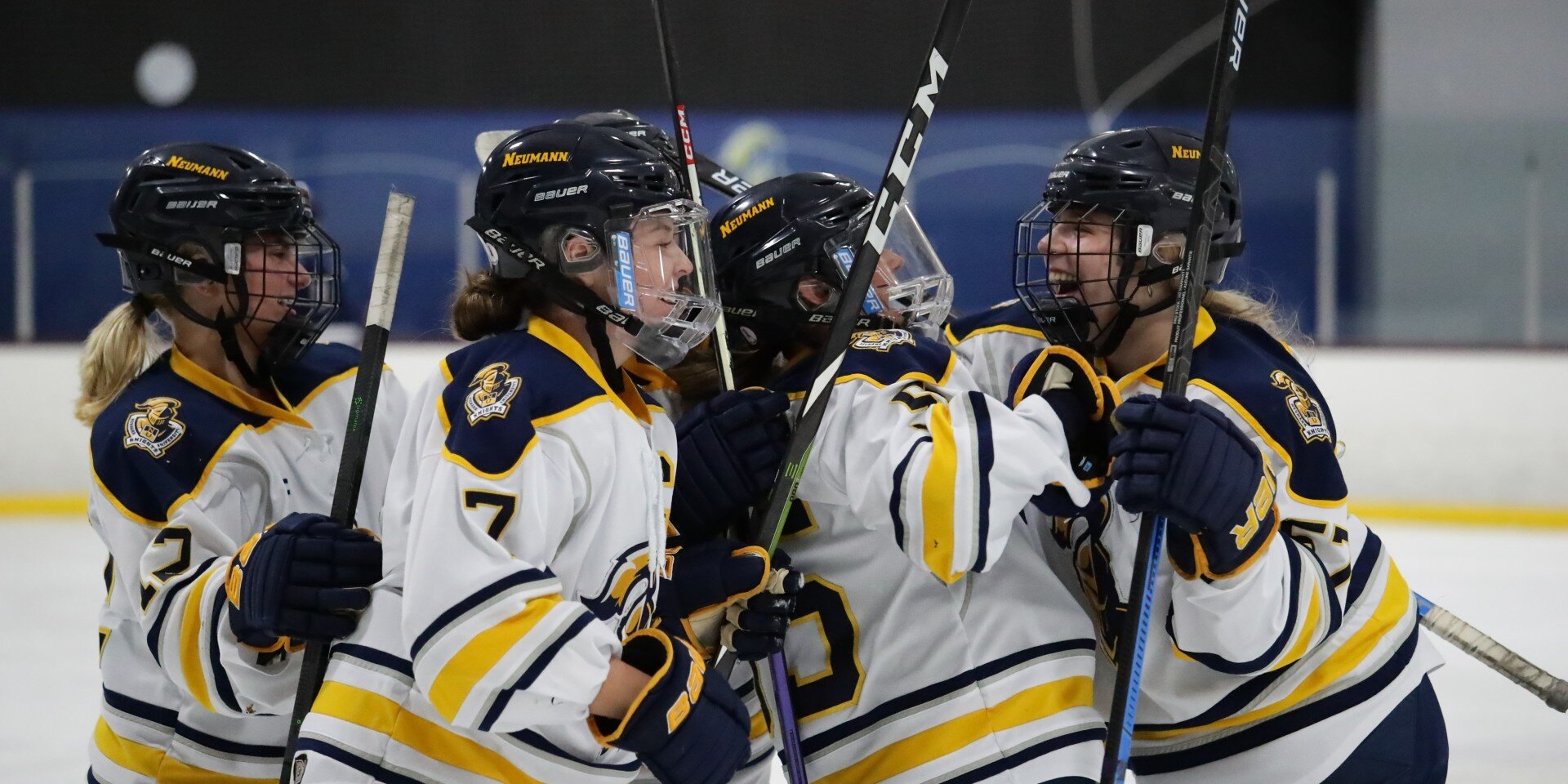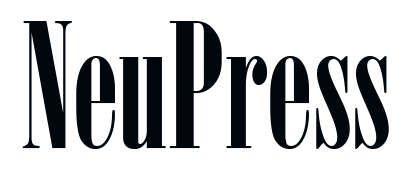Long odds face college athletes who want to go pro

Fewer than two percent of college athletes play professionally after school, but just how long those long shots are depends on the sport.
According to the National Collegiate Athletic Association, a student playing men’s ice hockey has a 7.1 percent chance (the highest rate for any sport) and someone playing women’s soccer has a 0.7 percent possibility (the second lowest rate). Either way, they are bad odds.
“The percentage of hockey players that grew up playing the sport that actually get the opportunity to play professional hockey is extremely low. So, for anyone to play pro it would be considered low and those of us that have the opportunity to play D3, the odds unfortunately get lower; however, I don't want to be critical because it is still possible,” said Michael Heddon, Neumann University men’s hockey coach.
Because the chances are slim, Hedden preaches the importance of education to his players.
“Even if you make it to the next level (SPHL, ECHL, AHL, NHL), there will come a time when you can no longer play the game, and it is important that you have an education to help with the transition after hockey,” he said.
There are many other jobs within the professional sports industry outside of physically playing in games. These jobs include journalism, professional speaking, coaching and more. These professions require a diverse skillset that is heavily centered on college education.
However, Hedden believes the odds for D3 men’s ice hockey players going pro are improving.
“I think there's more opportunity available now for athletes playing D3 to make the jump to pro hockey. D3 is rapidly getting better and more competitive, and with teams like Utica, Hobart, and Adrian setting the bar, it drives every team to improve each year,” he said.
Still, it is very rare for little boys growing up dreaming of playing in the National Hockey League to ever make it. Last year only 49 of 224 players drafted were Americans.




